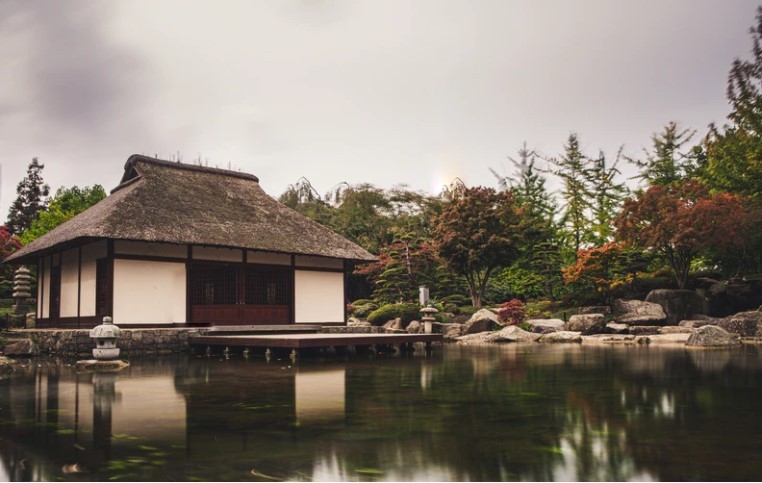
When it comes to interior design, there are many styles to choose from. However, few are as simplistic as the Wabi Sabi style. Originating in Japan, this design style has been around for centuries and is still being practiced today.
If you're planning on redesigning your home, here's how you can incorporate the Wabi Sabi style into your living space.
What Is Wabi-Sabi Design?
Wabi-Sabi design is a Japanese aesthetic philosophy that celebrates the beauty of imperfection, transience, and authenticity. Rooted in Zen Buddhism, Wabi-Sabi emphasizes simplicity, natural elements, and the acceptance of flaws as inherent components of beauty.
The Wabi-Sabi style was made popular by Sen no Rikyu, a tea master who believed that the essence of a tea ceremony lied in the atmosphere in the tea room and not in the drink itself.
What Are the Wabi-Sabi Design Principles?
Use of Natural Materials
Wabi-Sabi design favors natural materials such as wood, stone, clay, and natural fibers. These materials are valued for their organic textures, irregularities, and ability to develop patina over time.
Embracing Imperfection
Imperfection is celebrated in Wabi-Sabi design as a reflection of the natural cycle of growth, decay, and renewal. Cracks, chips, and other signs of wear are embraced as evidence of an object's history and character.
In addition, consider using "raw" items as decor. For instance, choose ceramics like unglazed pottery or olive jars with broken handles instead of modern ceramics. You can also use unpolished copper or brass materials to give your home a cozy, rustic feel.
Keeping Things Minimal and Simple
Wabi-Sabi design eschews excess and clutter in favor of simplicity and understatement. Spaces are intentionally kept uncluttered, allowing for a sense of calm and tranquility.
Neutral and Muted Colors
Wabi-Sabi design embraces a muted color palette inspired by nature, including earthy tones, soft grays, and subtle shades of green and brown. These colors create a sense of harmony and connection with the natural world.
Handcrafted Objects
Handcrafted objects play a central role in Wabi-Sabi design, as they embody the human touch and imperfections that make each piece unique. Handmade ceramics, textiles, and artisanal furniture add warmth, texture, and character to living spaces.
READ NEXT: A Guide To French Interior Design and How You Can Get the Look for Your Home













